Comparison shopping between phone brands is a lot simpler than comparing two different models from the same company, and that's especially true with the latest Pixel 6 series. We reviewed both the Pixel 6 and Pixel 6 Pro, and they aren't just bigger and smaller versions of each other; there are a few noteworthy differences between the two. To help you make your own purchasing decision (if you haven't already), we've both a detailed spec-by-spec comparison and our own assessment from having personally used both devices back-to-back.
First, let's look at both sets of specs in isolation:
.jpg)
.jpg)
.jpg)
.jpg)
.jpg)
.jpg)
.jpg)
.jpg)
.jpg)
.jpg)
Google Pixel 6 Pro
|
Chipset |
Google Tensor |
|
RAM |
12GB |
|
Storage |
128, 256, or 512GB; UFS 3.1 |
|
Display |
6.7” QHD+ (1440x3120, 19.5:9) LTPO OLED, 120Hz, Gorilla Glass Victus |
|
Battery |
5003mAh, 30W (USB PD PPS) wired charging, up to 23W wireless charging |
|
Rear Cameras |
50MP f/1.85 primary (82° FoV w/OIS), 12MP f/2.2 ultra-wide (114° FoV), 48MP f/3.5 telephoto (23.5° FoV w/OIS, 4x optical and up to 20x “Super Res Zoom”) |
|
Front Camera |
11.1MP f/2.2 (94° FoV, fixed focus) |
|
Connectivity |
5G, Wi-Fi 6E (802.11ax), Bluetooth 5.2, NFC, Ultra-Wideband |
|
Misc |
Polished aluminum frame, IP68, In-display fingerprint sensor, USB Type-C 3.1 Gen 1, Dual-SIM via eSIM, reverse wireless charging |
|
Dimensions |
163.9 x 75.9 x 8.9 mm, 210 g |
|
Colors |
Sorta Sunny, Cloudy White, and Stormy Black |
|
Price |
Starts at $900 |
Buy the Google Pixel 6 Pro
See at AmazonSee at Best BuySee at Google
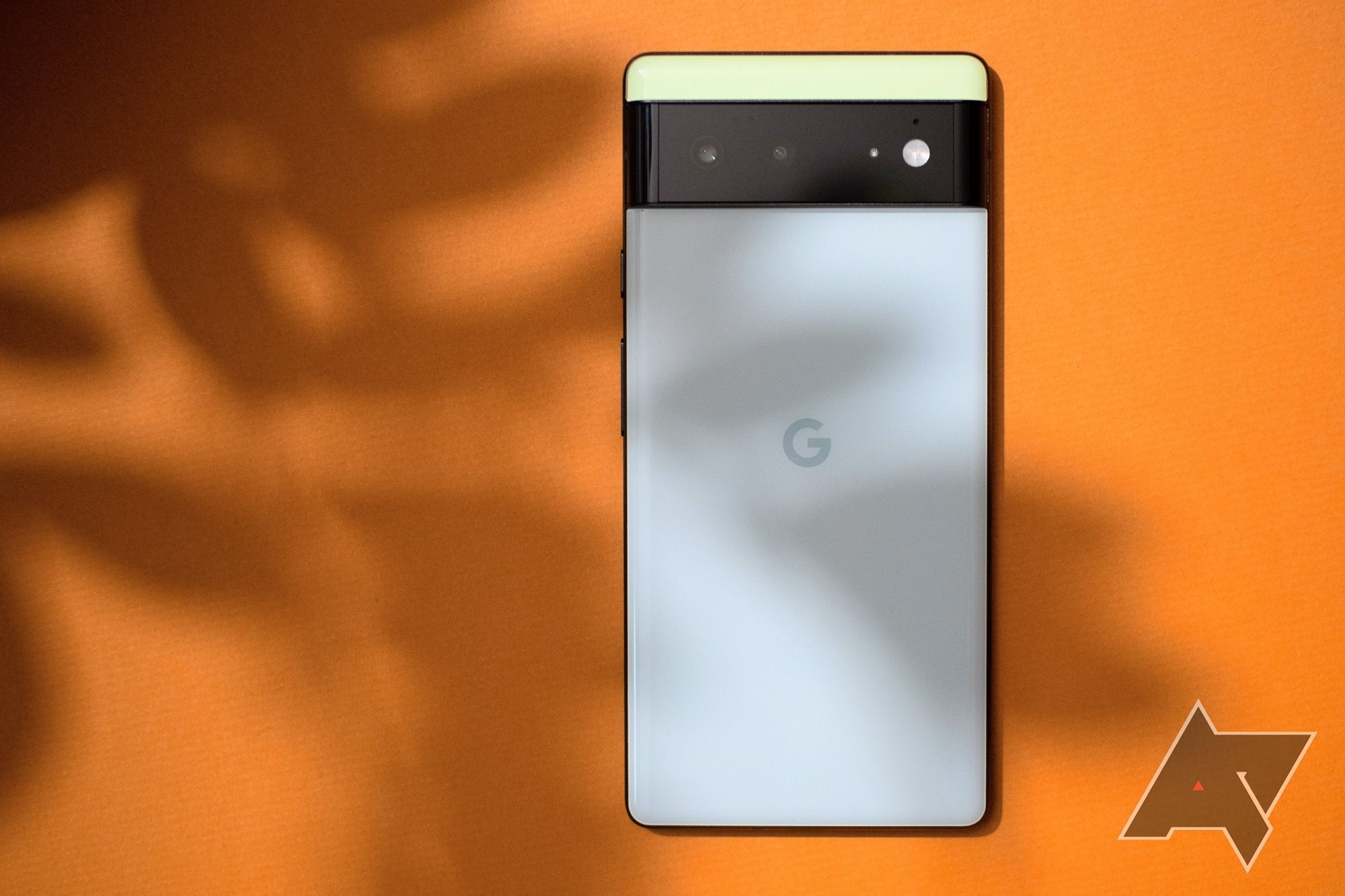
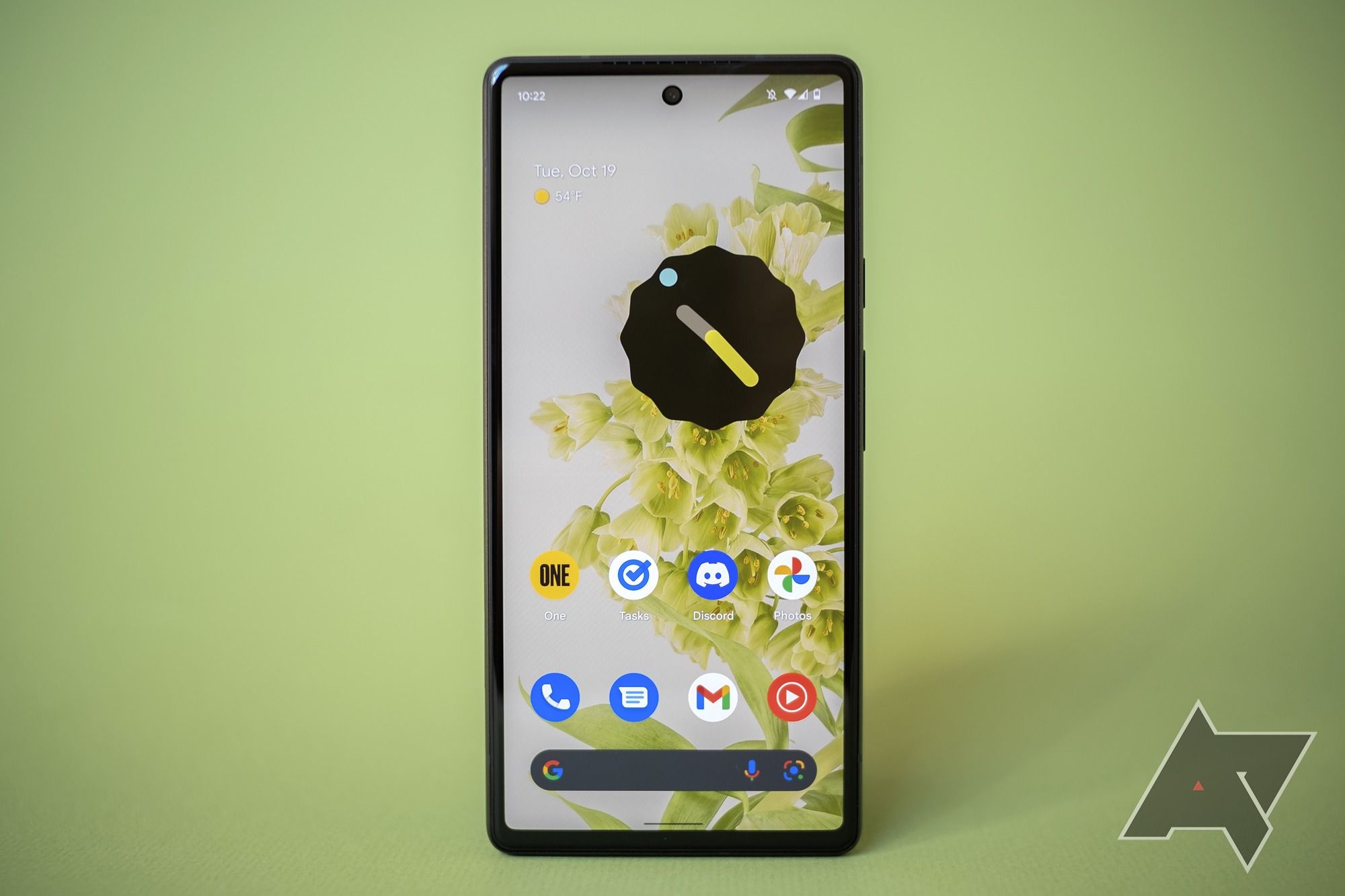
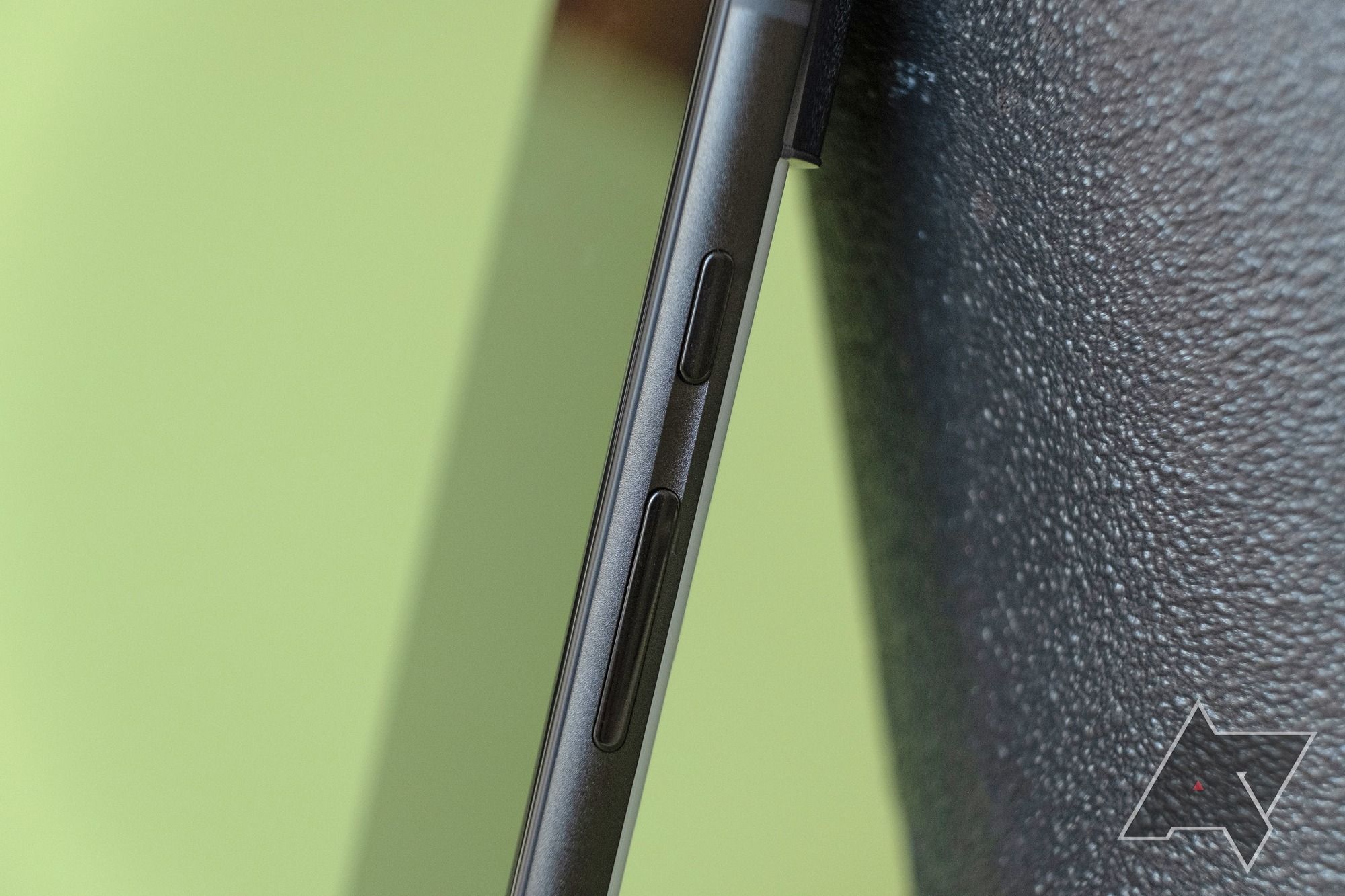
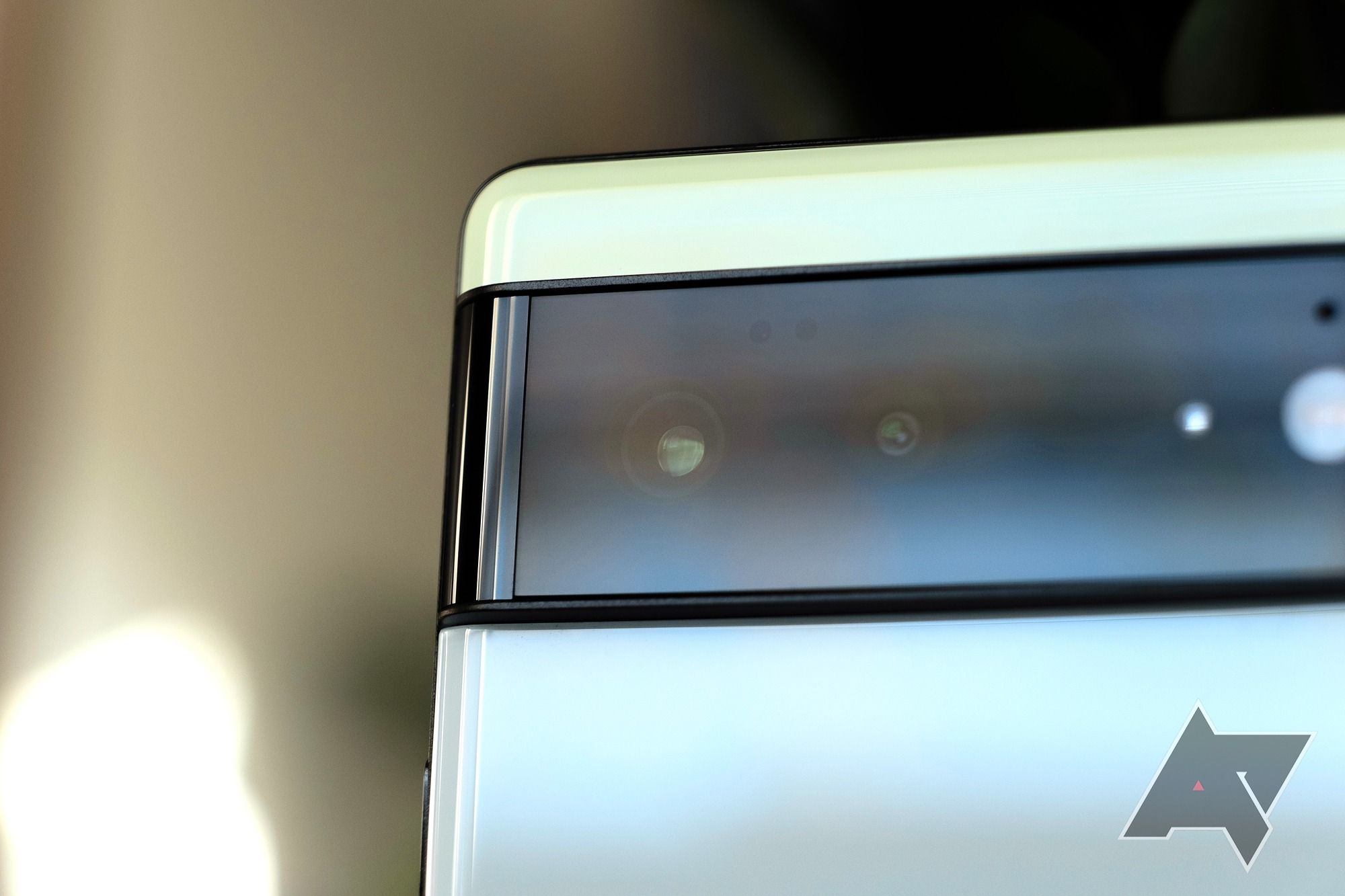
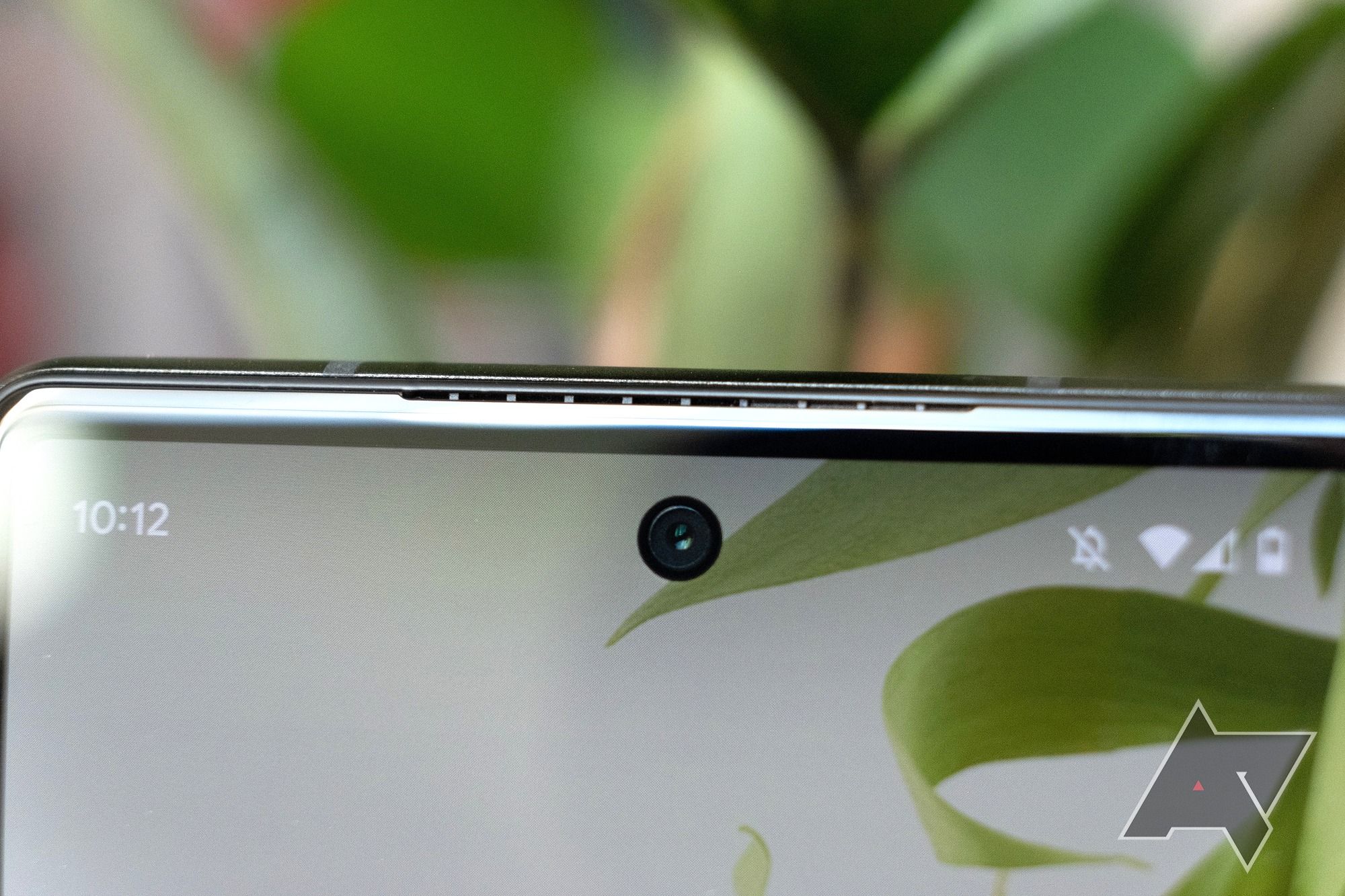
Google Pixel 6
|
Chipset |
Google Tensor |
|
RAM |
8GB |
|
Storage |
128 or 256; UFS 3.1 |
|
Display |
6.4” FHD+ (1080x2400, 20:9) OLED, 90Hz, Gorilla Glass Victus |
|
Battery |
4614mAh, 30W (USB PD PPS) wired charging, up to 21W wireless charging |
|
Rear Cameras |
50MP f/1.85 primary (82° FoV w/OIS), 12MP f/2.2 ultra-wide (114° FoV) |
|
Front Camera |
8MP f/2.0 (84° FoV, fixed focus) |
|
Connectivity |
5G, Wi-Fi 6E (802.11ax), Bluetooth 5.2, NFC |
|
Misc. |
Textured aluminum frame, IP68, In-display fingerprint sensor, USB Type-C 3.1 Gen 1, Dual-SIM via eSIM, reverse wireless charging |
|
Dimensions |
158.6 x 74.8 x 8.9 mm, 207g |
|
Colors |
Stormy Black, Kinda Coral, Sorta Seafoam |
|
Price |
Starts at $600 |
Buy the Google Pixel 6
See at AmazonSee at Best BuySee at Google
Google Pixel 6 vs. Pixel 6 Pro: Hardware similarities and differences
The pair share several key specifications: Both have a Tensor chipset and 5G connectivity; the base storage and in-display fingerprint sensor are the same; and the pair have matching wide-angle and ultra-wide cameras. Wi-Fi 6E support, Bluetooth 5.2, NFC, eSIM, Dual-SIM, fast wired charging, and reverse wireless charging are the same as well. But the phones differ in many other ways as much as their different names and $300 price differences suggest.
To start, they're different sizes. The Pixel 6 is smaller than the Pixel 6 Pro, but not by a substantial margin. The difference is just a few millimeters in height and width, though the in-hand feel is a little more substantial than the small numbers would imply — a couple millimeters in width makes a noticeable difference at these kinds of sizes. Either way, they are big and heavy phones.
The Pixel 6's display has a lower resolution and refresh rate than that of the Pixel 6 Pro; its 90Hz 1080p+ panel lags the Pro's 120Hz 1440p+ panel. In theory, that means the 6 Pro should look slightly sharper and handle scrolling and animations more smoothly. The 6 Pro also has an LTPO display, which offers additional power savings when it comes to adaptive refresh rate scaling that could otherwise make a dent in battery life.
The screen on the Pixel 6 Pro has curved edges—a feature many folks dislike. If that's you, then you'll be pleased to hear that the Pixel 6 sports a flat display. Both displays are that snazzy new Victus material, but only the Pixel 6 Pro has a Victus back; the Pixel 6 makes do with older Gorilla Glass.
Both phones charge at up to 30W via a wired connection (though testing indicates a 22-23W maximum), but wirelessly they differ slightly; the Pixel 6 Pro supports 23W wireless charging, while the Pixel 6 tops out at 21W. Connectivity options between the two nearly identical, though there are mmWave and non-mmWave variants that affect 5G performance in certain circumstances, and both are outflanked by the best 5G phones currently available. But the larger Pixel 6 Pro supports an additional ultra-wideband feature for... things. Right now, basically nothing uses it, but in the future, ultra-wideband communications will be handy for applications like object trackers and potentially car keys. If you're the future-proofing sort, it's a feature to consider.
The cameras also vary between the two models. While both share the same primary and ultra-wide angle cameras, only the larger Pixel 6 Pro has a folded periscope-style telephoto camera for improved zoom performance. The 6 Pro also has a better, higher-resolution, wider-angle selfie camera, so you can squeeze more people into shots.
Lastly, the Pixel 6 also has a little less RAM (8GB vs. 12GB) and a smaller maximum storage option (256GB vs. 512GB) compared with the Pixel 6 Pro, as well as a slightly smaller battery.
For easy comparison, here's a slightly abridged table highlighting relevant differences in bold:
|
Phone |
Pixel 6 |
Pixel 6 Pro |
|
Chipset |
Google Tensor |
Google Tensor |
|
RAM |
8GB |
12GB |
|
Storage |
128, 256GB |
128, 256, 512GB |
|
Display |
6.4” FHD+ (1080x2400, 20:9) 90Hz |
6.7” QHD+ (1440x3120, 19.5:9) LTPO 120Hz |
|
Battery |
4,614mAh, up to 21W wireless charging |
5,003mAh, up to 23W wireless charging |
|
Rear Cameras |
50MP f/1.85 primary (82° FoV w/OIS), 12MP f/2.2 ultra-wide (114° FoV) |
50MP f/1.85 primary (82° FoV w/OIS), 12MP f/2.2 ultra-wide (114° FoV), 48MP f/3.5 telephoto (23.5° FoV w/OIS, 4x optical and up to 20x “Super Res Zoom”) |
|
Front Camera |
8MP f/2.0 (84° FoV, fixed focus) |
11.1MP f/2.2 (94° FoV, fixed focus) |
|
Connectivity |
5G, Wi-Fi 6E (802.11ax), Bluetooth 5.2, NFC |
5G, Wi-Fi 6E (802.11ax), Bluetooth 5.2, NFC, Ultra-Wideband |
|
Dimensions |
158.6 x 74.8 x 8.9 mm, 207 g |
163.9 x 75.9 x 8.9 mm, 210 g |
|
Colors |
Stormy Black, Kinda Coral, Sorta Seafoam |
Sorta Sunny, Cloudy White, and Stormy Black |
|
Price |
Starts at $600 |
Starts at $900 |
Okay, but what are they actually like?
Having used both phones back to back (and now that embargoes have passed), I can tell you that they feel pretty much the same in hand. The Pixel 6 Pro is a little wider and slightly taller, but with its curved edges, it fits in the palm about as well as the flat-screened Pixel 6. The difference between 90Hz and 120Hz isn't that noticeable either. Apart from the slightly sharper screen on the 6 Pro and those curved edges, you probably wouldn't notice a difference looking at the two — and, frankly, you'll only notice that much if you see the two side-by-side. That's the impression I get across the board: These phones might differ when it comes to specs, but in real-world use, they're very close to the same.
Anecdotally, battery life feels about the same (perhaps favoring the Pixel 6 Pro just slightly), but both phones feel equally fast. The only practical feature difference that most people will observe between the two is the folded telephoto camera that's exclusive to the 6 Pro. It might not have the same crazy-high zoom numbers that the Galaxy S22 has, but the ~56mm focal length equivalent that it hits before digital zoom kicks in is very handy, and its results are quite good. However, is a single camera worth paying $300 more? Ultimately, it's up to you, but I think the Pixel 6 is a much better value.
If you're shopping between models, this doesn't matter, but the fingerprint sensors on both phones can offer inconsistent performance and randomly take multiple seconds to process, and that's worth pointing out. The Pixel 6 is also available in more fun colors than the Pixel 6 Pro—if you care about that sort of thing. All the Pixel 6 Pro colors are kind of boring—admittedly, that's not an issue if you plan to hide it inside a case, as most folk do. In the last of my lingering nitpicks, I also prefer the Pixel 6's textured aluminum frame over the polished aluminum on the 6 Pro, though both phones feel very slippery.
I can't make your purchasing decision for you, but I hope I've given you a little extra insight into the practical and technical differences between these two phones. They have a lot in common, and if you want my advice, the slightly smaller and cheaper Pixel 6 is a better value over the 6 Pro and the better phone for most people to buy. If money is no object, or you really want that (very good) telephoto camera, the Pixel 6 Pro may not be a value king, but it's still an excellent phone.
If you've made a choice, we've put together a list of retailers where you can buy the Pixel 6 and 6 Pro:
Pixel 6
Pixel 6 Pro

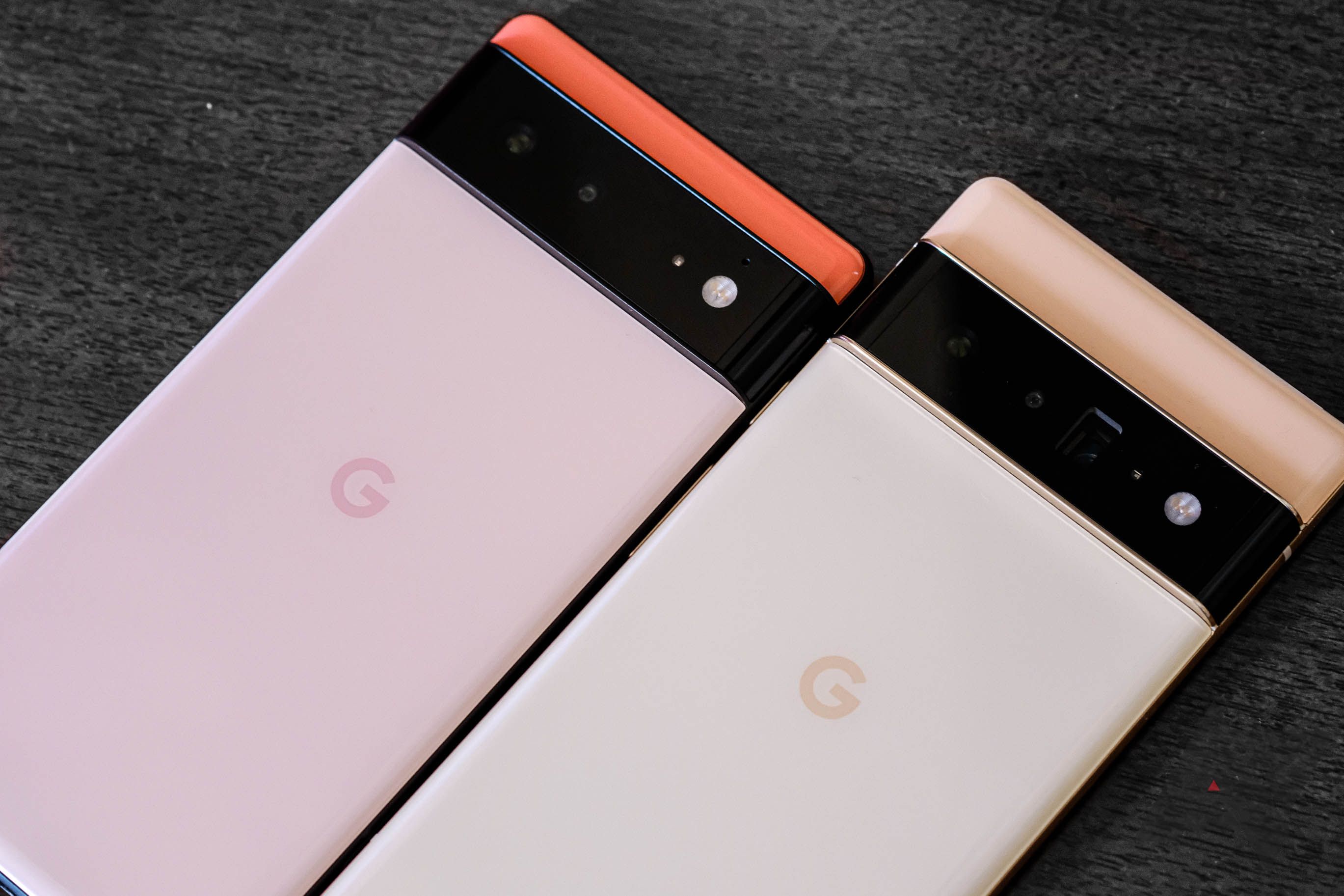
.JPG)
.JPG)
.JPG)
.JPG)